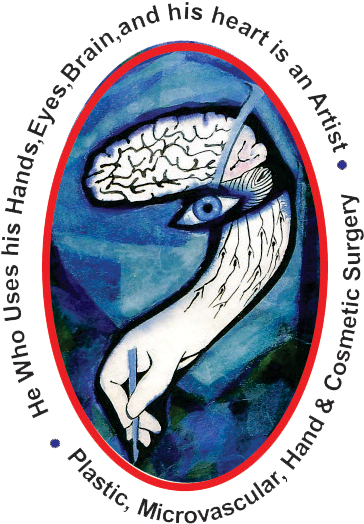Laser Lipolysis
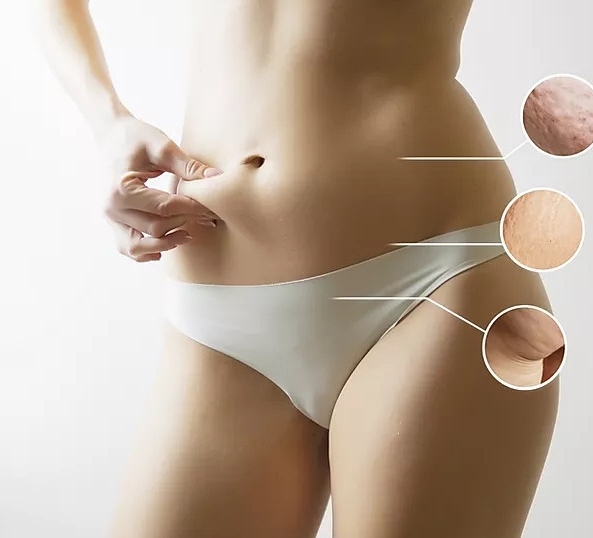
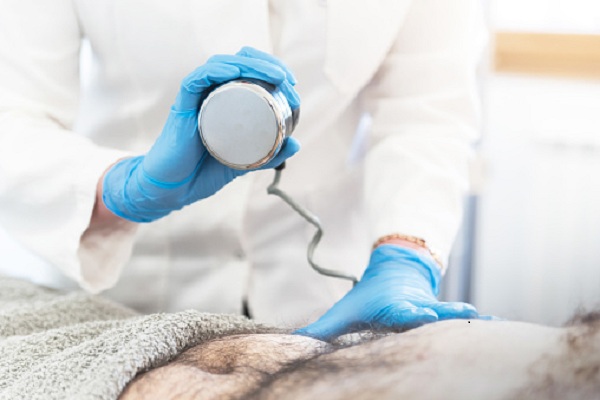
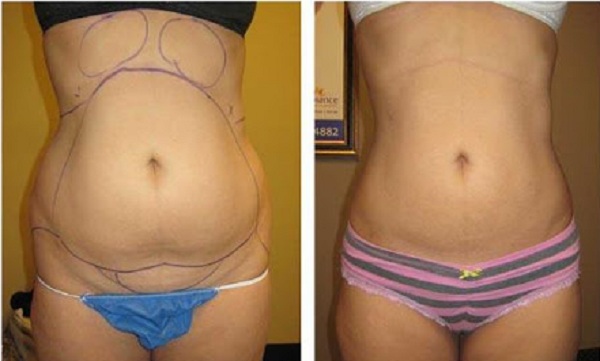
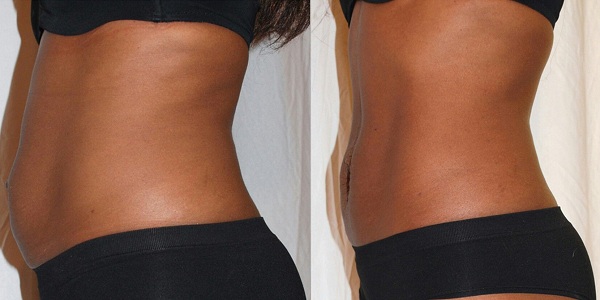
- Liposuction – is performed if you have excess breast fat. Liposuction for treating gynecomastia is typically performed using local or general anaesthetic. It involves a small incision on each side of your chest, the edge of your areola or within your armpit. Through these incisions your cosmetic surgeon will insert a thin tube to loosen the excess fat and remove it using a high-power vacuum and sculpt a new more natural chest contour.
- Male breast reduction – is performed if you have excess breast gland tissue. Male breast reduction surgery is usually carried out under general anaesthetic. It involves making a cut around your nipple that allows your surgeon to remove the tissue. Cuts may be extended and your nipples repositioned if you have a lot of tissue to remove. The procedure will typically take 90 minutes. Your cosmetic surgeon will take care to place incisions so that the resulting scars are as inconspicuous as possible.
Questions? We got Answers!
Your doctor will provide you with specific information on how to prepare for your procedure.
They may advise you to:
- Stop taking blood thinners and anti-inflammatory drugs for two weeks prior to your procedure. These medications could interfere with your body’s healing process.
- Avoid activity that might irritate the area that is going to be treated for a week prior to the procedure. This includes tanning and shaving.
Make sure that your doctor is aware of any preexisting health conditions or prescription medications that you take. They can advise you on any other necessary precautions
After the procedure, your doctor will give you a sheet of detailed instructions that will make your recovery process easier. Follow these instructions and watch the site of the lipolysis closely to make sure your skin heals properly.
Although you should be able to resume everyday activities rather quickly, it may be a good idea to arrange a ride home after the procedure. You shouldn’t drive if you’re feeling any discomfort, so plan ahead.
This procedure usually takes less than an hour, and you’ll be awake the entire time.
In most cases, only one session is needed. This is true even if you choose to have it done on multiple areas of your skin.
Sometimes, lipolysis is done in combination with traditional liposuction. This can add to the duration and recovery process. Talk to your doctor about what you can expect.
If you’re getting laser lipolysis only, your appointment will go something like this:
- You’re prepped in a sterile environment, most likely in your doctor’s office, and given sterile scrubs or a gown to wear.
- A local anesthetic is then injected into the area where you’re having lipolysis.
- Your doctor makes a very small (sometimes only a millimeter!) incision at the area where you have unwanted fat deposits.
- Your doctor inserts the laser underneath the top layer of your skin through the incision. They’ll move it back and forth under your skin from different angles. During this time, you may feel some heat or even a cold sensation. Because of the anesthesia, you shouldn’t much discomfort.
- The fat deposits that are broken up by the laser are either massaged out of the area or vacuumed out, depending on how much “melted” fat there is to remove.
After the fat is removed, you’ll be able to get up, walk around, and resume most everyday activities as soon as you’re ready to leave the doctor’s office.
You’ll likely experience minor bruising and discomfort for several days after the procedure.
If the laser site isn’t properly cared for after the procedure, you may be at risk for infection and scarring. In severe cases, blood clots can occur. You should see your doctor if you’re experiencing any unusual swelling, pain, or discharge.
This is a relatively new procedure, so very little is known about the potential for long-term risks.
After you have lipolysis, you may need to take an antibiotic for three to five days to ward off infections. Your doctor will also talk to you about how to maximize the results of your procedure, be it with a certain course of exercise or a change in diet.
Recovery times differ, but plan on taking at least eight days off from working out and other strenuous activities.
You should be able to see some of the effects of lipolysis right away. Your skin might appear tighter, feel firmer, and be more compact. But you may also see some bruising, swelling, and irritation in the area where lipolysis was applied.
Keep an eye on the area, and see your doctor if you experience any unusual changes in pain or drainage.
Your doctor may ask to see you for a follow-up about a week after the procedure to make sure things are healing correctly.
You should wait until at least eight weeks after the birth. Not only is your skin more stretched than normal, but the local anaesthetic you’re given for the procedure can get into your bloodstream and harm the baby’s growth. The results are also unpredictable due to hormonal changes in your body.
The only effective way to get rid of loose skin after your laser lipo treatment is to undergo surgery. This might be:
- a tummy tuck
- a facelift
- an upper arm lift
- a thigh lift
- a back lift
Generally, there is a surgical procedure for most parts of the body where your skin might be loose and saggy. A surgeon will remove the excess skin and tighten what remains.
Be aware that this is invasive surgery involving anaesthetic, incisions and, usually, weeks of recovery time.

